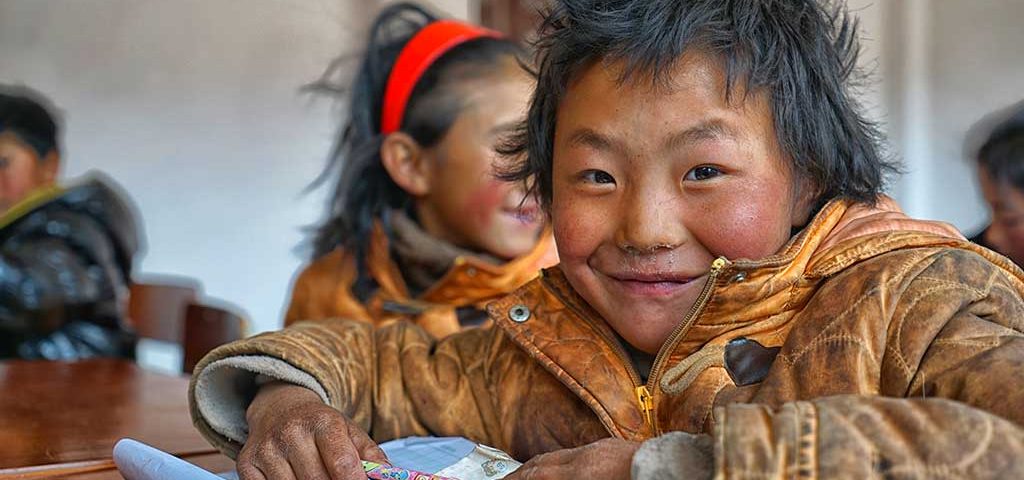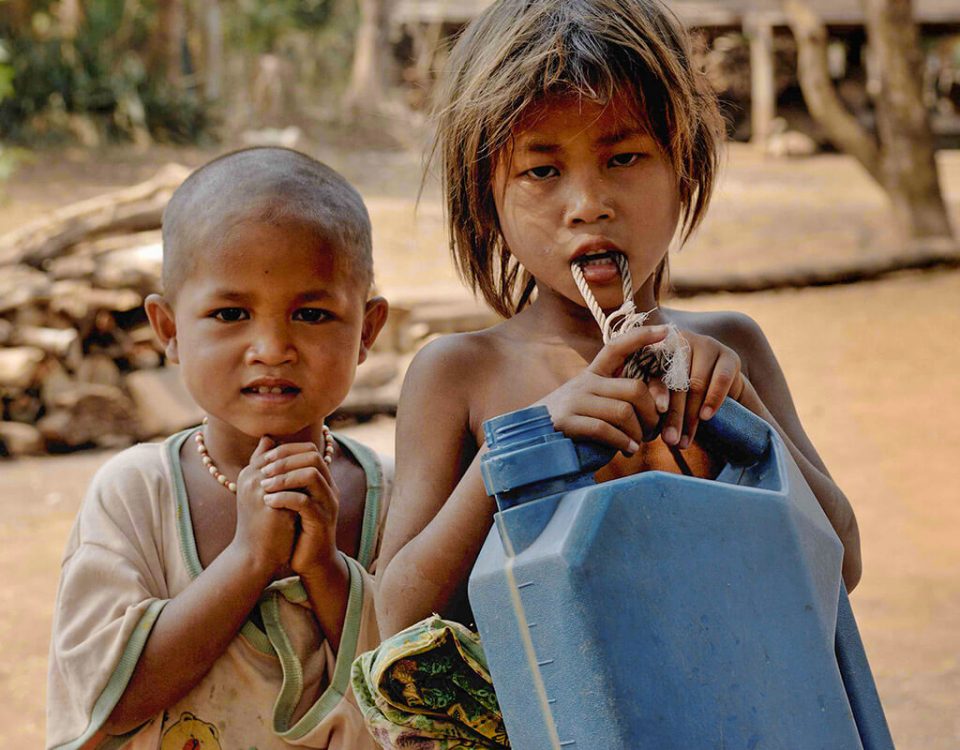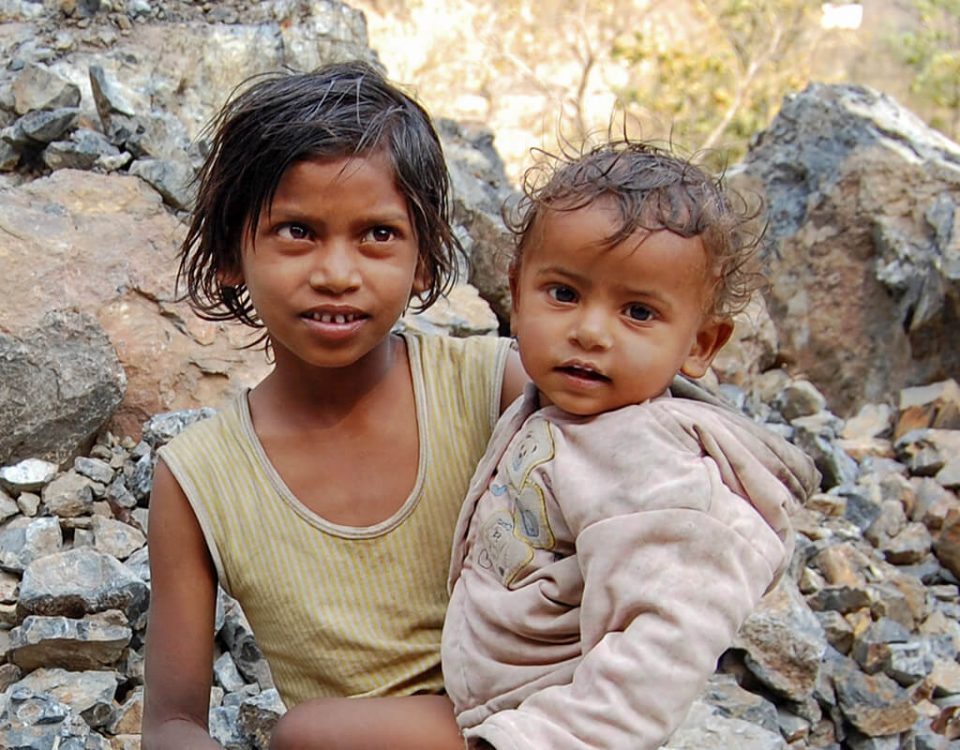Kula Mountain Primary School

Quisque lorem tortor fringilla sed vesti
May 7, 2014Hello world!
December 31, 2016Most people were primarily concerned with their livelihood: taking care of yaks, sheep and goat, and horses, farming and trading. They did not have a clear idea about how to educate future generations.
History
Until very recently, no educational institutions existed in this area, save small local monasteries. In addition, until recently, local residents did not think much about the lack of educational opportunities in their region, and if children were sent to school, it often meant that they had to leave Dolpa. Most people were primarily concerned with their livelihood: taking care of yaks, sheep and goat, and horses, farming and trading.They did not have a clear idea about how to educate future generations. And yet, there were and continue to be many changes facing local society, environment and culture. In 2000, a French woman named Anne Lelong came to Doplo, through the invitation of Tenzin Norbu.
Upon seeing the lack of educational opportunities at the local level, she decided to work with the Panzang community to form a school. The Kula Mountain Primary School in Tinje VDC, Dolpa District, Nepal was founded in 2001, through the collaboration of local residents and a French NGO, Couleur Himalaya, founded by Ms.Lelong.
Location
The Panzang Valley of Dolpa District, in which Tinje VDC is located, is one of the most remote parts of Nepal, located in the region known as “upper” or “inner” Dolpo. The Dolpo region borders Tibet, and is often referred to by outsiders as a “last enclave of pure Tibetan culture”. In many ways, the landscape and culture of this region does not remind one of Nepal, p er se, but more of Tibet. However, Dolpo has been a part of Nepal since the 18th century. Tinje VDC rests at approximately 4500 meters above sea level, and is home to people who are still practicing many traditional ways of life, although they are also a part of the modern Nepali world.
That being said, much of Dolpo is inaccessible for many months of the year, due to snowfall. Most people in Tinje are Farmers, herders and Traders.The inhabitants lead a precarious life in a harsh climate and try to grow what food they can from this high, dry land Most homes are poorly lit, virtually windowless, and cold in the winter time. Family members gather around small fires made from yak dung and shrubs. They face many problems due to food shortages, lack of transportation and government services.
School Mission Statement, Rationale, and Future plans
Kula Mountain Primary School is committed to Providing free education to the poor children in this region. Through education, the school helps young people to acquire skills of various kinds, enabling them to improve their living conditions and prospects for the future. In addition to the regular HMG Nepal government curriculum ( Nepali and English, Maths Science), Kula Mountain Primary School also teaches Tibetan language, to help ensure that the people from these regions will be able to read their histories, keep their cultural traditions alive, and write their own futures.
In addition, teaching children some nepali is also very helpful, as many people of older generations do not speak the national language. Now, thanks to the kula Mountain Primary School, some families are learning more Nepali words, and are happy to send their children to school. The school now has more than 50 students.
The Kula Mountain Primary School has been created building on the pre-existing, though non- functional, HMG Nepal government school allocated to Tinje VDC. The original school building included five rooms, but due to the carelessness of government education officers, the original school was not maintained, and the building fell into disrepair. However, since the reestablishment of the school, now the Kula Mountain Primary School, the school management committee has repaired the building where possible, and is in the process of rebuilding it entirely and adding some new facilities. Although stones and mud are readily available, the main problem incurred in this rebuilding process is lack of trees and the expense of importing wood. Tinje, like other parts of upper Dolpo, are completely devoid of trees. Timber must be carried on yaks from a distance of 3-5 days away from Tinje, and costs Rs.400 per kilogram.
Given the climatic conditions to Dolpo, the Kula Mountain Primary School is forced to close between October and April. Life comes to a standstill when the long winter months begin in early November. Many people move to lower valleys, or migrate to Kathmandu for approximately three months of the year. Due to this short academic season in Tinje, Kula Mountain Primary School has felt that it was necessary to bring students to Kathamndu in the winter, so that they may complete the set school curriculum for each year. In this way, students are also able to learn more about their country, its people and many cultures. They are also able to make holy pilgrimage of Bouddhanath and other places of historical and religious importance. The winter program does not only provide rewarding from an educational point of view, but it also protects children from having to do hard manual work at home, particularly during the winter, and allows them to focus solely on their studies.
Currently, the Kula Mountain Primary School will continue to educate students through class five. In the future, the school hopes to work together with other schools in Dolpa district to provide a complete lower secondary education curriculum in Tinje and upper secondary schooling in Dolpa District and Kathmandu. The school also aims to help reinforce relations with the village committee, as the school can only survive in the long term with ongoing local community support. The school also aims to provide an adult literacy program and work with community members to develop infrastructures in Tinje VDC. Long term projects also include working with local amchi (practitioners of Tibetan medicine) to found an amchi clinic in Tinje, creating a Dolpo museum and cultural center, constructing solar-heated school buildings and green houses, creating vocational training programs in traditional arts and handicrafts, such as thangka painting.
About the Principal
Urken Dorje is the principal of Kula Mountain Primary School. He was born in Saldang VDC in Dolpo, where he studied up to class five. At that time, the school in his home village did not have any real educational facilities: no pens, books, uniforms, etc. The school was also in disrepair. After class five, Urken was sent to boarding school in lower Dolpa. However, he was the lone student from upper Dolpo, and his culture, language, and life was not the same as those students from the lowlands. He found this difficult, both socially and in terms of the education he was given.
Nonetheless, Urken was graduated from class 10 (SLC pass). After this, he completed class 11 and 12 in Pokhara. Given his personal background and educational history, Urken has been committed from a young age to helping Dolpo schools develop in the future. He joined the Kula Mountain Primary School in 2001. He is very happy to be working with the school and hopes that it is able to improve every year. He would like to help provide future generations of students with more facilities and opportunities. Urken hopes that the future will be bright for young people from Dolpo, and that they will be able to sustain their culture and heritage, and at the same time survive in today’s world.
For more information about the Kula Mountain Primary School, please write to: annelelong@hotmail.com or
dolpourken@yahoo.com.hk
In Nepal:
Boudha, Fulbari
PO Box 15142
Kathmandu Tel:977-1-4486138
In France
2imp. De I’ecureuil
41350 St. Gervais La Foret
France www.coleurs-himalaya.org




